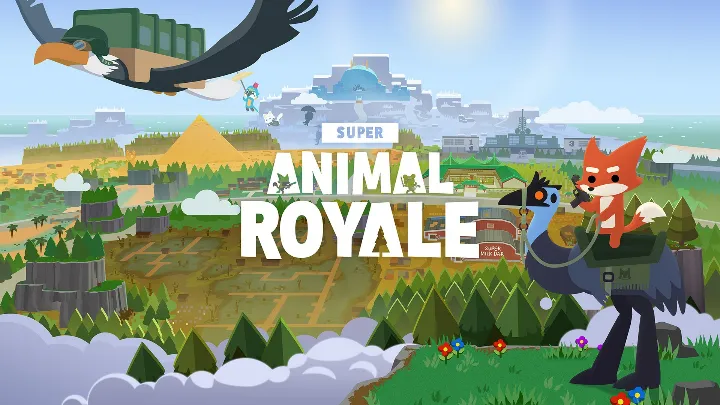LATEST ON BLOG
View more
Super Animal Royale: Ultimate Tips and Guides for Professional Survival
This Super Animal Royale Tips and Guides handbook is the key to dominating the fierce animal arena. The article provides in-depth strategies ranging from advanced "Jump Roll" movement and optimal resource management (armor, juice) to the art of using the "Fog of War" for ambushes. You will find tips on unique throwables like banana peels, squad coordination tactics, and smart positioning for the final circle. Whether you are a beginner or a veteran hunter, this collection of tips and guides will increase your win rate and help you achieve Super Victory in style.

The King is Watching: Ultimate Tips and Guides for Sovereign Survival
This essential The King is Watching Tips and Guides provides a masterclass in kingdom survival. It covers everything from the "Gaze" focus mechanic and early-game greed builds to advanced cluster layouts and unit synergies. Learn how to manage resources efficiently, counter special enemy types, and defeat decennial bosses. Whether you are a beginner or a veteran, these strategic tips and guides will help you optimize your production, strengthen your defenses, and achieve high-score runs in this intense roguelike strategy world.

How to Play Monument Valley Effectively: Solve Perspective Puzzles with Logic and Precision
Learn how to play Monument Valley effectively by mastering perspective manipulation, reading visual cues, rotating structures deliberately, and solving puzzles step by step with calm logic to progress smoothly and fully enjoy its artistic puzzle design.

How to Play SimCity BuildIt Effectively: Balance Growth, Optimize Production, and Build a Profitable City
Learn how to play SimCity BuildIt effectively by controlling population growth, prioritizing storage, optimizing production chains, trading smartly, and expanding your city with long-term planning to build a stable, profitable, and efficient metropolis.

How to Become a Martial Arts Master in Where Winds Meet
More than just a game, Where Winds Meet is a living world where every choice leaves a mark. This guide teaches you how to survive and thrive in a chaotic era, from learning street-style martial arts to becoming a legend shaping the fate of the South. Prepare to master the winds and write your own epic with optimal strategies for skills, careers, and open-world combat.

Ultimate Mobile Legends Tips & Guides for Ranking Up and Winning More Matches
Mobile Legends tips and guides covering hero roles, laning, item builds, rotations, objective control, and late-game strategy. Learn how to improve decision making, climb ranks faster, and dominate matches on mobile.

inZOI – Complete Tips & Guides to Master Life Simulation, Creativity, and Smart Progression
Learn essential tips and guides for inZOI. Master character creation, emotions, careers, relationships, money, and creativity in this next-gen life sim.

ALON 2 – Advanced Tips and Guides for Mastery, Progression, and Endgame Control
A deep ALON 2 guide covering combat timing, builds, resource efficiency, enemy analysis, and endgame mastery through smart long-term decision-making.

FC Game – Advanced Tips and Guides for Competitive Mastery and Long-Term Progression
A deep FC guide covering tactics, defending, attacking patterns, squad building, and competitive mindset for consistent long-term improvement.

GENSHIN IMPACT – ADVANCED TIPS AND GUIDES FOR EFFICIENT PROGRESSION AND ENDGAME MASTERY
A deep Genshin Impact guide covering resin efficiency, team synergy, reactions, artifacts, and endgame mastery through smart, long-term gameplay decisions.
LATEST Reviews
View more















